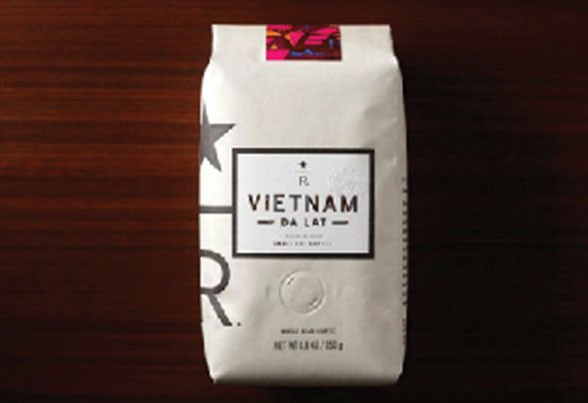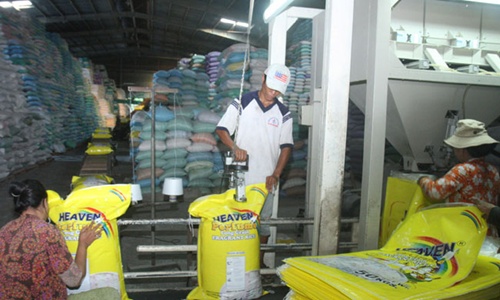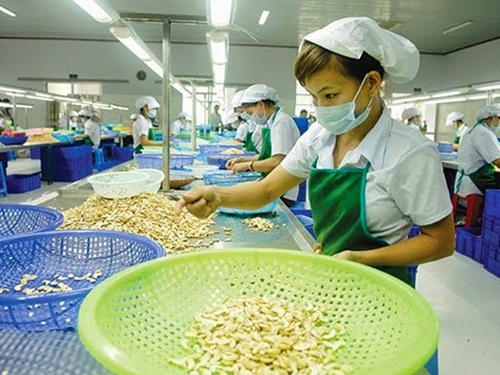Customer pursuit
Customer pursuit
According to figures released by the “Voice of Europe Digital Business IAB” website, global revenue from advertising on mobile devices in 2014 rose to $31.9 billion, up 65 per cent against 2013. This shows that mobile marketing is becoming more and more popular among consumers around the world and Vietnam is no exception.

The E-commerce and Information Technology Agency under the Ministry of Industry and Trade announced recently that 34 per cent of Vietnam’s population, or more than 30 million people, now access the internet on their mobile phone. One-third of their spent time online is on a mobile phone.
Such figures are certainly good news for the development of e-commerce on mobile platforms in a new market such as Vietnam.
A recent report from Nielsen, meanwhile, showed that 52 per cent of Vietnamese people had a smartphone in 2014, an increase of 22 per cent compared with 2010.
Vietnamese people spend more than 169 minutes a day interacting with their smartphone, of which 55 minutes is on calling or messaging, 48 minutes playing games or watching videos, 21 minutes surfing websites, and 37 minutes interacting with apps and social media.
Given the potential, many companies have chosen mobile marketing as an effective method of reaching consumers.
Seeking customers
In the race to attract customers and develop a brand presence, many enterprises in the field of e-commerce have expanded their business scale from traditional online via websites to the mobile platform.
According to Ms. Vu Hoang Yen, Marketing Director at Zalora Vietnam, internet access by desktop accounts for 45 per cent to 55 per cent and 55 per cent of revenue, while access by mobile phone has increased 40 per cent, to account for 30 per cent.
She believes that mobile advertisements will develop quickly and gradually usurp those on laptops and personal computers.
Mr. Tran Hai Linh, General Director of the e-commerce enterprise Sendo, said that the company’s growth has been on the increase thanks to mobile apps.
“The proportion of internet access in 2014 by mobile devices was 3 per cent and then 60 per cent in 2015, and is expected to rise to 75 per cent next year,” he said.
“The number of orders made on mobile devices in 2014 was 5 per cent and 30 per cent in 2015, and is expected to reach 50 per cent next year.”
Of a similar mind, a representative from Lazada said that Vietnamese consumers are becoming accustomed to shopping online via mobile devices such as tablets and smart phones.
At Lazada the rate of such shopping is 33 per cent. It is now focusing on developing M-site, which is an app to help consumers shop on Lazada in a more convenient way.
M-site will be a useful tool for the company in converting customer purchases to mobile apps in the future.
It is clear to see that the trend towards being “mobile” among users along with improving 3G and wi-fi infrastructure are creating favorable conditions for the development of mobile marketing.
According to many businesses, apart from smartphones becoming increasingly popular, another element making mobile marketing become a common trend is the level of efficiency and savings. According to a representative from Adtima, which operates in mobile marketing in Vietnam, in deploying mobile marketing enterprises can not only introduce products to customers but also approach them more accurately thanks to knowing their location, behavior, and preferences.
Mixed opinions
Although considered an effective means of marketing, many other businesses still see advertising on the internet via a desktop as the most effective method.
Mr. Dao Thu Phuong, Director of Business and Development at CocCoc Company Limited, the Vietnamese creator of the search engine CocCoc, said the number of desktop users account for 76 per cent of the internet market in Vietnam and will remain popular in the future.
Ms. Phuong, however, said that businesses should combine many models, because each has its own group of potential customers.
Many e-commerce businesses, meanwhile, insist that mobile marketing holds a range of advantages, such as saving a lot of space compared to a website and that product categories are arranged conveniently when potential customers search.
Mobile apps have also introduced promotions in order to attract customers quickly. Lazada, Zalora and Sendo, the leading e-commerce businesses in Vietnam, are all developing and perfecting their software, providing apps for users with iOS, Android or Windows Phone that allow customers to easily purchase products.
Vietnam is recording rapid growth in shopping via smartphones, ranking fifth in the Asia-Pacific region after Malaysia, Taiwan, New Zealand, and India, according to the results of the latest survey by MasterCard.
This shows that, despite the mixed opinions, mobile marketing will continue to grow strongly in the future.
Ms. Phuong also suggested that after the building of mobile platforms and their success, enterprises should develop their own apps in parallel with developing websites, to ensure efficiency and attract more and more customers.























